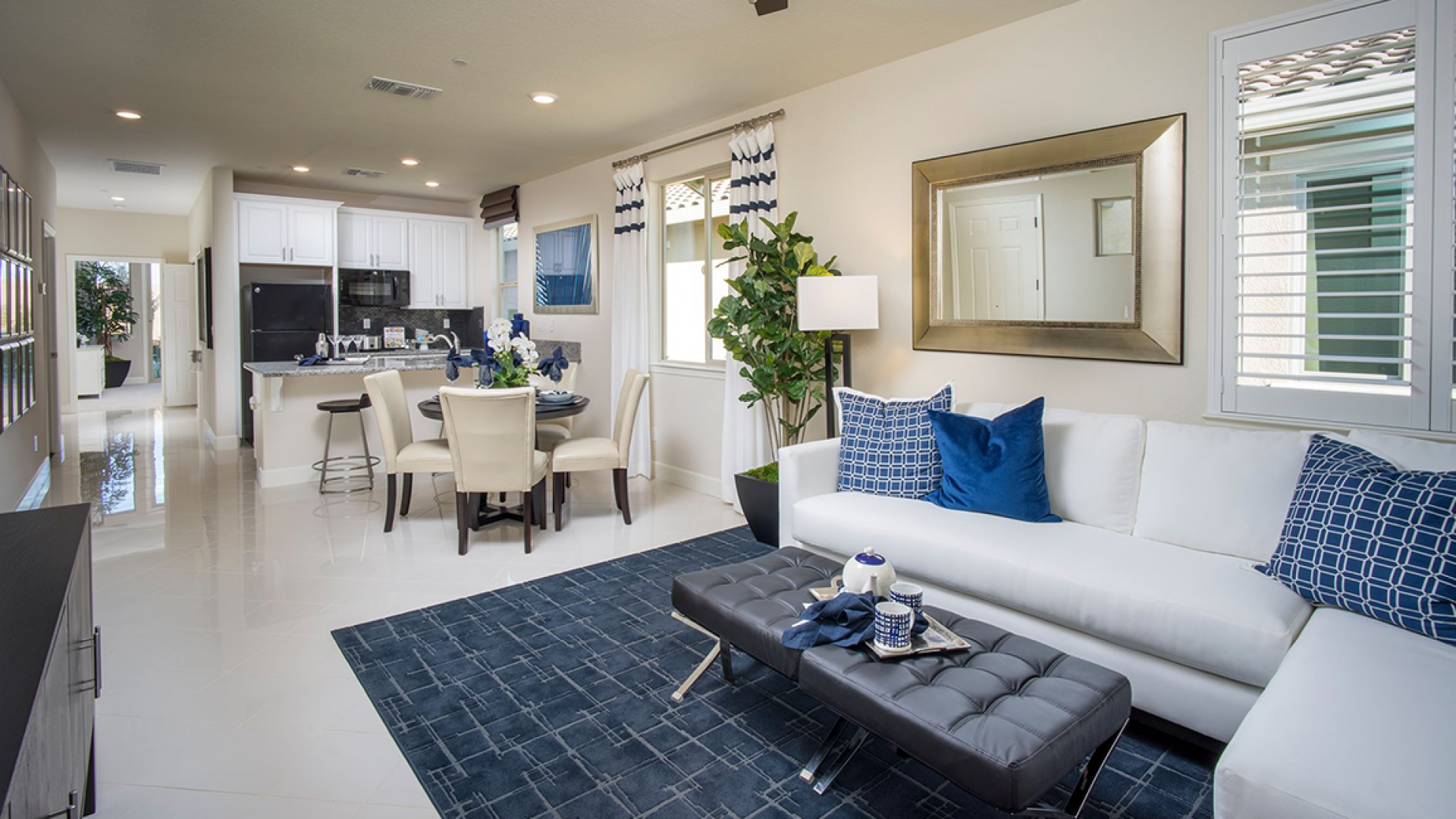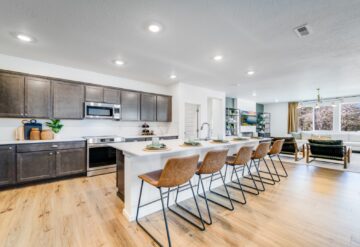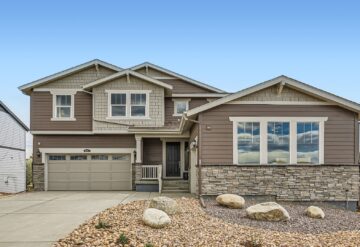Can new homes meet the needs of multigenerational families and offer connectivity features each household member can enjoy? In this recent BUILDER article, Mary Cook describes how new home builders are accommodating the needs of multigenerational families while providing the latest in smart home technology. Lennar’s Next Gen® – The Home Within a Home offers innovative floorplans to accommodate families without sacrificing comfort, and with Everything’s Included®, the most desirable technology brand devices, all of which are included with your new home at an outstanding value.
Today, a simple clap or single word can bring electronics to life. It’s helpful for all, but a true luxury for those with kids underfoot, a hectic schedule, or disabilities. This type of convenience is a “poster child” for two trends that are upending American housing: smart technology and the multigenerational home.
These two trends are driving interrelated societal change. And they are unlikely to wane soon since they can save time, money and make life easier. In fact, smart technology is taking over our homes—homes that are increasingly multi-generational.
Smart-tech products once were mainly for the affluent—or those on the cutting edge. But cheaper sensors are fueling the age of smart everything, notes TechCrunch.com. And as prices drop, homes are being outfitted from the ground up with an array of smart tech products that can handle myriad tasks, from filling a bathtub to programming a thermostat.
Today’s smart tech is also getting smarter. A case in point is the refrigerator that learns a family’s habits and orders groceries. It is also a selling point; 94% of buyers are so smitten with tech-rich applications they would sacrifice for them 1,000 square feet of living space, notes Realty Times.
Ironically, the square footage of our homes is not necessarily growing by leaps and bounds, yet multigenerational households are on the rise. By definition, the term refers to households with two or more adult generations or grandparents and grandchildren, and one-fifth of all families—almost 61 million Americans— have multiple generations living under the same roof, notes a 2016 Pew Research Center analysis of Census data.
Growing racial and ethnic diversity explains some of the rise in multigenerational living, reports Pew, as those groups are more likely than whites to live in multigenerational homes. That means smart tech will come in handier than ever in busy households with multiple needs.
The numbers are spurring builders and developers to meet this need in creative, flexible ways. But to create spaces that let all residents in a home make the most of today—and tomorrow’s—cutting edge smart tech, architects, developers and builders must marry these two trends seamlessly in the spaces they create.
Thanks to our work designing model home interiors, amenities and hospitality spaces nationally, we know which smart-tech products work best for each generation. We are also adept at designing interiors with an optimal balance between private and shared space to help multiple generations live together harmoniously.
So, how do design professionals blend these two trends? It’s critical to design homes that will meet each generation’s diverse needs, yet allow them to make maximum use of the latest and greatest the smart tech trend has to offer. Here are three ways to accomplish these goals:
- Create Separate Spaces for Privacy and Sharing. Here’s an increasingly common dilemma as the population ages. It’s tough for older family members to give up independence and live with “kids” because of economics or failing health. And it’s equally hard for millennials in entry-level positions to come home to live in order to reduce educational debt or save money. New options such as builder Lennar’s “Next Gen” homes include an “in-law/boomerang suite” with a flexible space (for living and sleeping), a kitchen and often a separate door to the outside apart from other bedrooms. Spaces for togetherness need to be incorporated throughout shared living, dining and kitchen spaces, interspersed with specific havens for tasks that require quiet time. These spaces can be designated with special arrangements of task-specific furnishings and set off with sliding partitions and through the use of different colors.




